We passed by Cairo, and through the small corner of South West Illinois it sits in, late at night on our way to a hotel and sleep in a totally unremarkable town in Missouri on the other side of the Mississippi. We couldn’t make sense in the dark of why we crossed so many bridges and of course we couldn’t see anything, so we decided to double back the next morning and see if we could get a glimpse of the river. Also a friend on Facebook had told me that Cairo was an ‘interesting town’.
This turned out to be an understatement. Cairo is the strangest and saddest town I think I’ve ever visited. And while we had become aware of the impact of the 2008 economic ‘downturn’ USA experienced through what seemed to us initially as a puzzling quietness and lack of bustle and development in the fantastic downtown spaces of places like Montgomery and Memphis, Cairo introduced us to the much more disturbing realities faced by small to middling towns when economies change and big employers leave the area. Often they leave behind populations trapped by limited education, nontransferable skills, poor health, or investment in suddenly worthless business or property and a local government with a massively reduced tax base struggling to maintain basic infrastructure and services. What happens next is that things quite literally start to fall apart.
Along the Mississippi this decline is starkly apparent. Once one of the wealthiest, most elegant and perhaps liveliest parts of the nation (the wealth mostly concentrated, of course, in a small group of white land and business owners) the towns along the Mississippi went from extravagant opulence to enduring a slow and grinding bust over many years. While the Civil War and the end of slavery certainly brought to a close the era of the massive plantations, things eventually recovered and Jim Crow laws and policies ensured a cheap labour force and prosperous economy (for the benefit of white folks) from the height of the steamboat era well into the twentieth century. Most people I talked to blamed the decline after this on either the loss of primacy of river transportation in favour of railways or the later racial tensions reaching a head during the Civil Rights era and the consequent ‘white flight’ from the area (along with money and job opportunities). This was followed of course by a succession of later nation wide economic downturns and the closing down of what businesses remained. Since then there has been a vicious cycle at play: investors are unwilling to locate businesses in areas where education levels are low and general infrastructure is poor, thus ensuring a continued low revenue base for the area. Consequently, in the Mississippi Delta (including both Mississippi and Arkansas) unemployment and underemployment is high, education is massively underfunded and educational outcomes are also low. Seems like the Blues are still very relevant today in the Delta.
Such a big boom and long slow bust has left shells of towns with populations sometimes a tenth or less their former size. At its peak in 1920, Cairo – located beautifully at the confluence of the Mississippi and Ohio rivers – had a population of 15,203. In the 2010 census it was 2,831. It’s probably even less now.
Of course Australia has its ghost towns – I remember one town a few years ago selling houses for $1 if you promised to live there year round in an effort to bring people, money and jobs back into the area, but it was a small place. I lived for a while in the town of Blackwood, Victoria. Population 400 or thereabouts. During the gold rush it was home to 13,000. But the gold miners lived in tents or wattle-and-daub huts. Their legacy melted slowly back into the bush. The bigger towns in Victoria, like Ballarat and Bendigo have endured and are now growing rapidly. Imagine, if you like, driving or walking through Ballarat today and seeing empty, rotting building, after empty, rotting building. Vacant lots on the main street. Faded for sale signs everywhere. Boarded up businesses. Weeds and ivy in every crack. That’s what it’s like in Cairo. Even ghost towns come on a grand scale in America.
The weirdness that is Cairo was immediately apparent. We went looking for the ‘centre’ of town and ended up driving along the road beside the leveee. The first people we saw in the whole place were two men zooming on motorised wheelchairs, beers in hand, veering from side to side down a wide main street in the blistering heat, a small dog running between them. It was post-apocalyptic, ghost town strange. So of course I had to get a photo. Which is how we met Donny Polovic, who was happy to stop for a chat.
Donny is 61 years old. He grew up in Cairo and worked for over 30 years as a barge man on the river. He remembers the street he was zooming down as full of hotels and bars and restaurants when he was a boy, all surrounding a busy harbour, loading and unloading goods through the levee gate. He said that in one of the bars he killed a man who went at him with a knife and he went to jail for murder. One of three stints he did, but the longest at 10 years. (That seemed a little far fetched to me – not sure how a 40 year sentence gets reduced to 10). He now lives in a public housing apartment in the building behind him in the photograph, overlooking the river, with his dog Shaky – so named because she was bashed against a wall as a puppy and now has Parkinson’s. He occasionally goes to the one bar left in town, but mostly he and his friend Larry, the man on the other wheelchair, spend their days drinking under a tree, just down the road, which is where he was headed when he stopped to chat.
Donny said that the only successful businesses in Cairo these days are the liquor stores, and we saw a few of those. Unlike most towns we have driven through, there were no chain ‘restaurants’, no Walmart or CVS, no chain hotels, no cafes. Donny said there was one general store, which we didn’t find, and one gas station. He blamed the decline of Cairo on the slowing down of the river trade and lack of employment.
Another chap we chatted too, who was heading back from a day out on the river on his boat, blamed the decline on ‘people who wanted more rights and better conditions but weren’t prepared to work hard for it’. This seemed to be code for ‘black people’, particularly as he alluded to the significant history of racial tension and unrest in Cairo during the struggle for civil rights. He directly compared the oppression these folk experienced with his own history as a Native American, whose people were forced up to Cairo on the Trail of Tears, implying that he just ‘got on with it and worked hard’ and did OK, unlike others. He got quite emotional talking about how he was forbidden to talk about or acknowledge his Choctaw heritage in the schooling system as a child. I didn’t argue with him, of course, but it seemed sad to me that a common experience of racism, though differently manifested, hadn’t lead to a greater understanding or feeling of solidarity.
The photos I got in Cairo weren’t great. It was very, very hot and bright. And I often feel incredibly rude shooting other people’s lives, so we didn’t linger too long. If you want to see more of Cairo, you only need to do an internet image search. Many photographers have been fascinated by this place.
Many places, like Cairo, Clarkesdale and Helena (which we visited later) have dedicated and passionate residents and officials who try hard to bring business to town and develop the downtown area. There is usually a ‘chamber of commerce’ building on or near the main street, one or two buildings restored or kept up, often through one off grants or donations. In Cairo a few cast iron street arches proclaim ‘historic downtown’, and donors have come together to sponsor an annual blues festival for the last four years. Perhaps these are signs of better times to come. The Cairo Heritage Foundation certainly thinks so. Their Facebook page declares Cairo a ‘beautiful place to live and visit’. I couldn’t really see much evidence of that. It seemed to me that living or growing up in Cairo, you really would feel abandoned and forgotten by the world.
It is important to note, however, that we only spent a couple of hours in this town and talked to only two people (though we talked to more people in other towns after this). This is the blogging dilemma for me – which makes posts like this very difficult to write and often means they stay as brief Facebook blurts lost in the stream. I am afraid of generalising from my own small window. The whole of my view is based on a two hour experience and a bit of reading. People’s experiences of the places they live and how they fit with the wider world are as diverse as the people who live them. There may be abundant hope and optimism and signs of a bright future for Cairo, just around the corner from where we stood and not seen by us in our brief time there. I am bound to have got things wrong, made mistakes, under emphasised some things and over emphasised others. If I have and you know it, please comment, tell me different, show me the bits of Cairo I didn’t see.
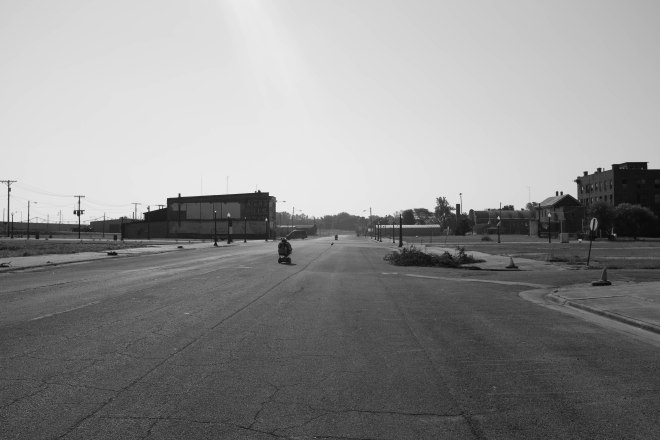
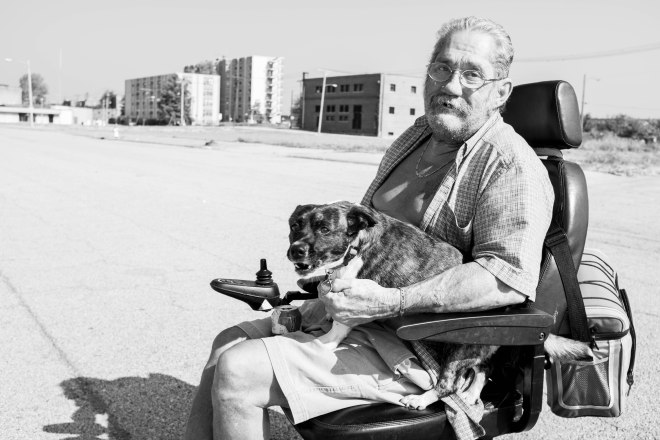
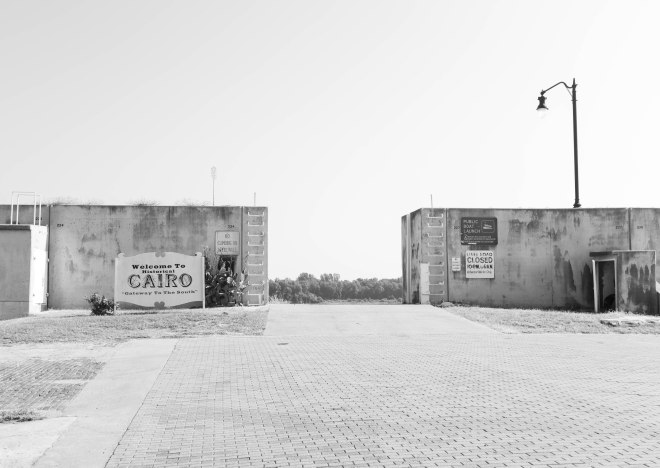
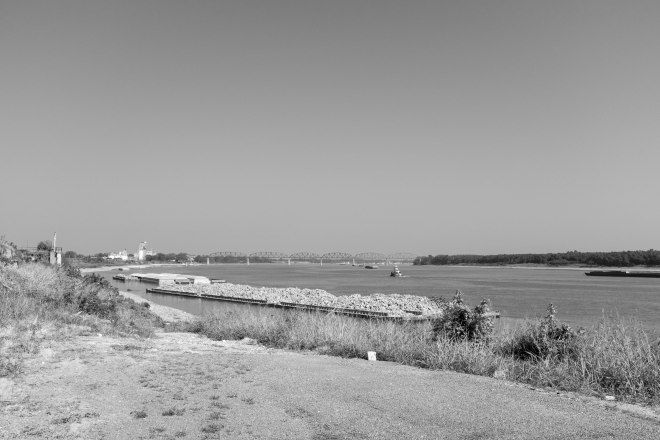
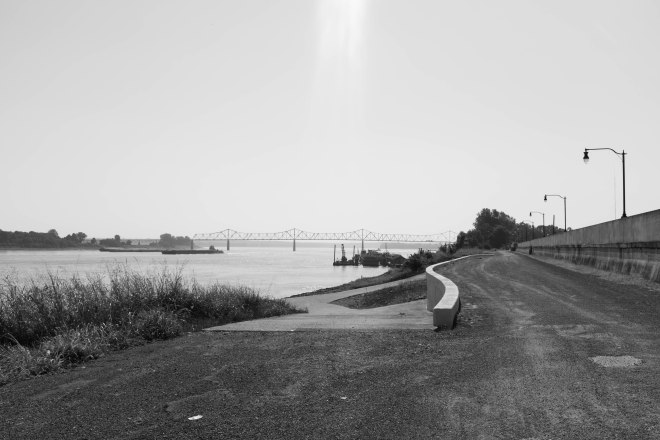
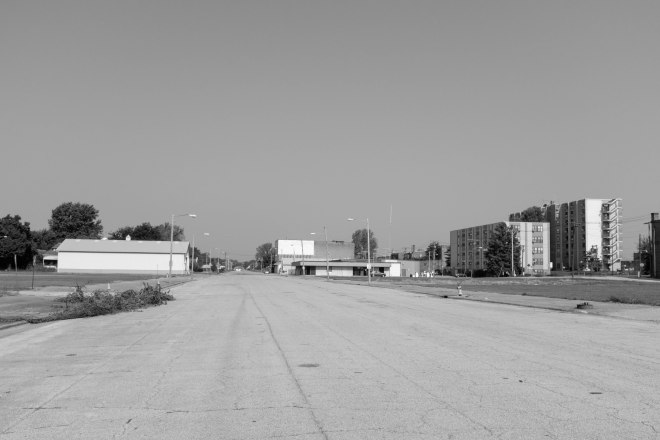
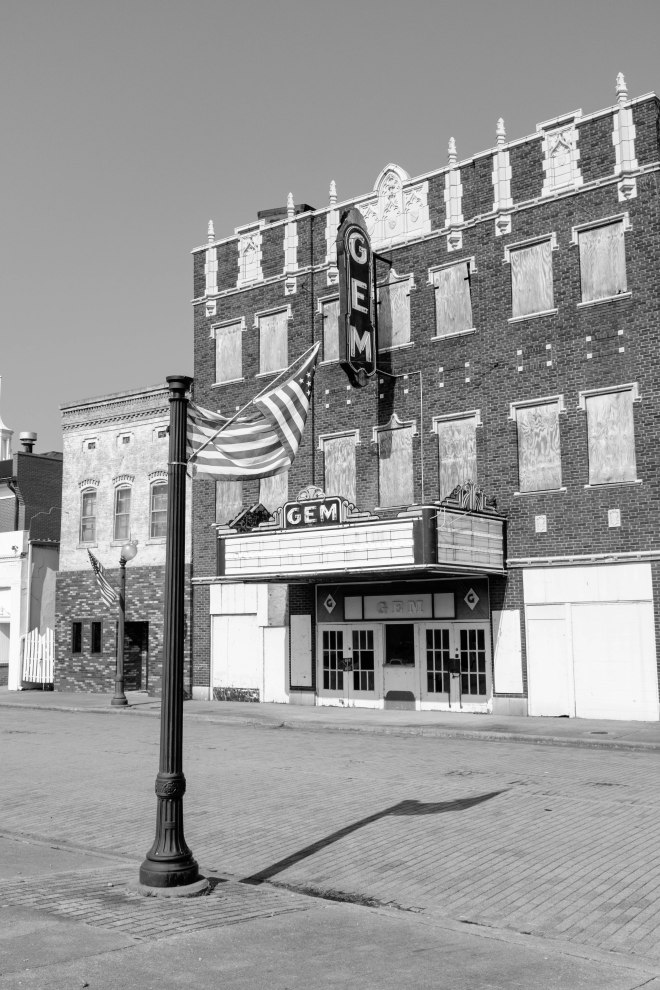
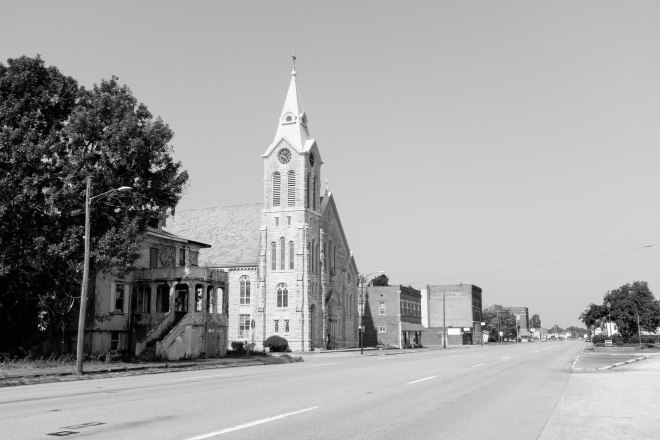
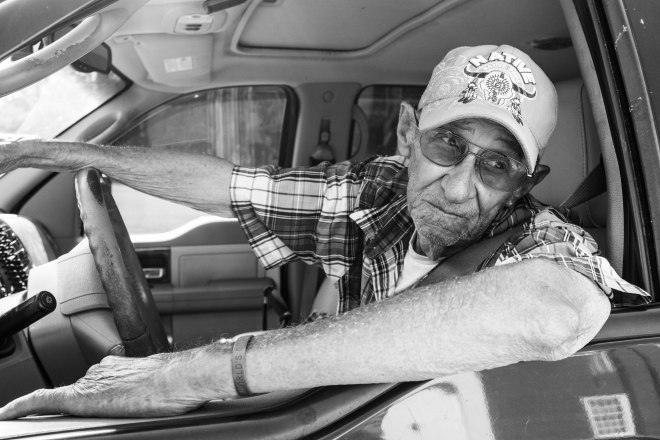
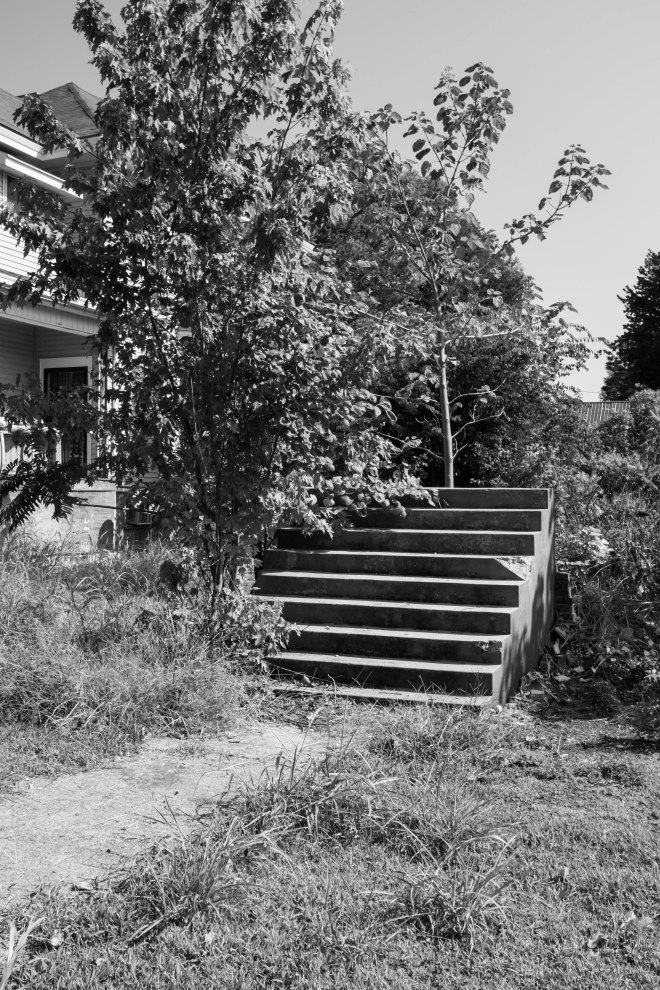
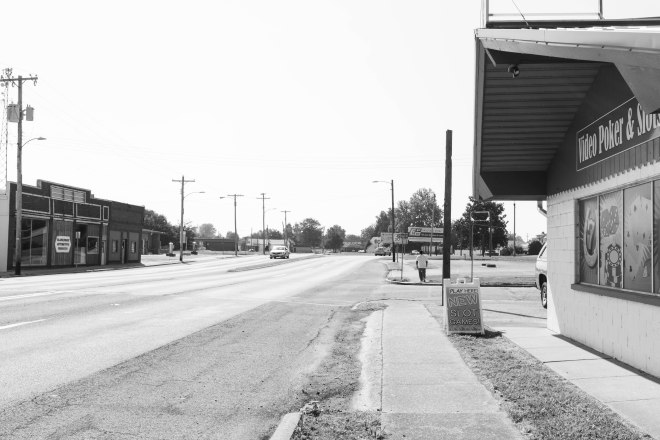
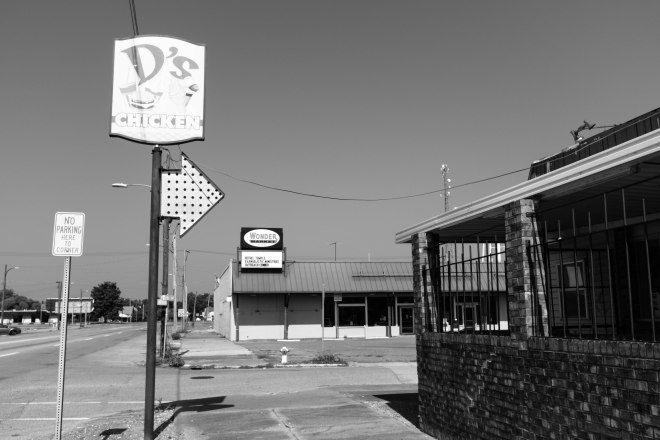
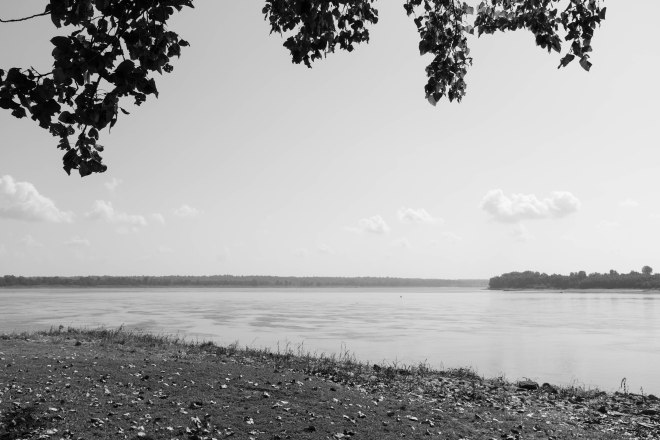
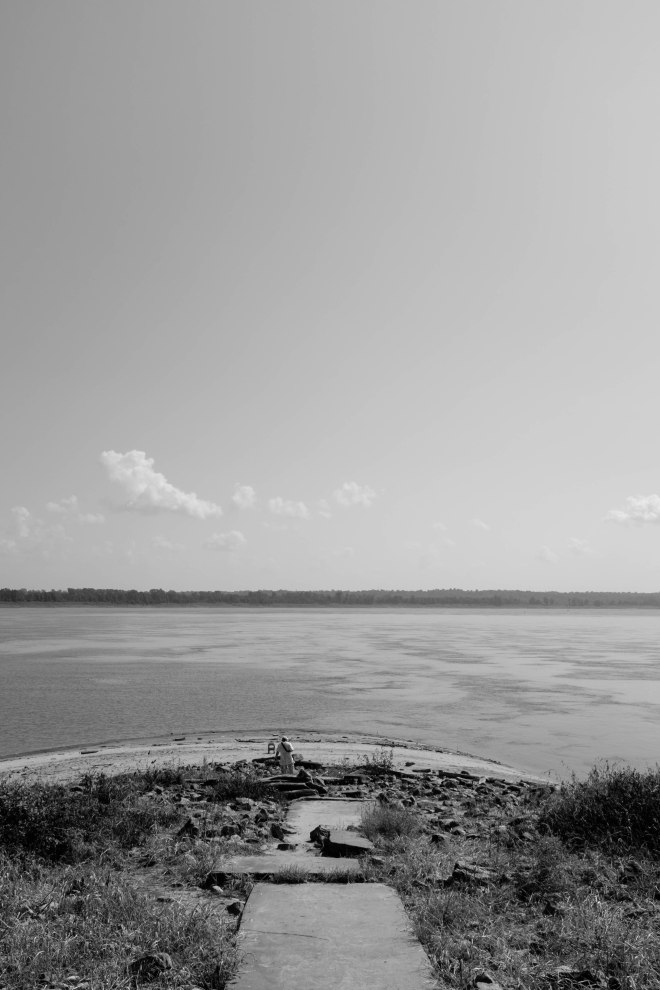
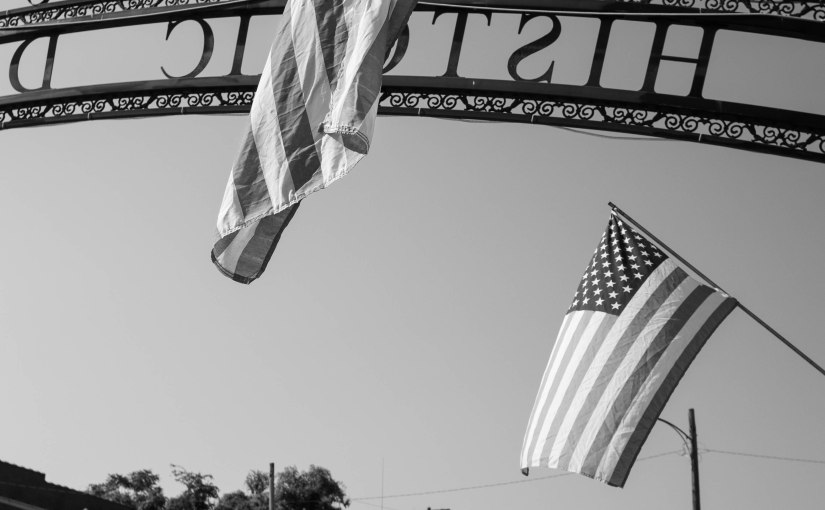
Thanks V – You provide us with a humble and respectful insight into the human condition that is both vivid and bleak. Hopeful and hopeless. Beautifully written. If we truly look we can see – Why – Trumps America…Why England’s Britexit…Why Australia’s One Nation.
What to do?
LikeLiked by 1 person
I really don’t know. Makes me realise how Australian I am – I want the government, ‘them’, to step in and fix everything. But local government in these areas is responsible for so much and very broke. There are schools in Arkansas that only teach 4 days per week because they cant afford to pay teachers for five. Crazy
LikeLike
That was a bloody good read Aud. It left me with butterflies in my chest. Your photos of Cairo are like those weird dreams one has, where you’re trying to get somewhere close but so distant and your legs are in quicksand. Thanks. So interesting to see America through your lens and thoughts.
LikeLiked by 1 person
Thanks Gordon. Very hard to know when you write these things whether they will be of interest. Glad to get your feedback. The whole day there was a bit surreal for us too!
LikeLike